When motorsport fans discuss the best wet-weather performances of all time, they will invariably talk about Formula One. Ayrton Senna at the 1985 Portuguese Grand Prix and 1993 European Grand Prix, numerous Michael Schumacher wins, even Lewis Hamilton’s recent performances. Someone might sneak in Jackie Stewart at the 1968 German Grand Prix or even Damon Hill at the 1994 Japanese Grand Prix.
Focus tends to be on F1 races, but arguably there have been better wet-weather drives outside F1. Take Jacky Ickx at Le Mans in 1977 for example. His virtuoso performance through the night, driving for 7 hours in rain and fog helped Porsche win the race, despite being 6 laps down early on.
Rudolf Caracciola masterfully won the 1936 Monaco Grand Prix in torrential rain. Nearly 4 hours around the street circuit, when most of his superstar competitors such as Manfred Von Brautchitsch, Luigi Faglioli and Bernd Rosemeyer dropped out or faded. This drive reinforced his nickname of ‘Regenmeister’.
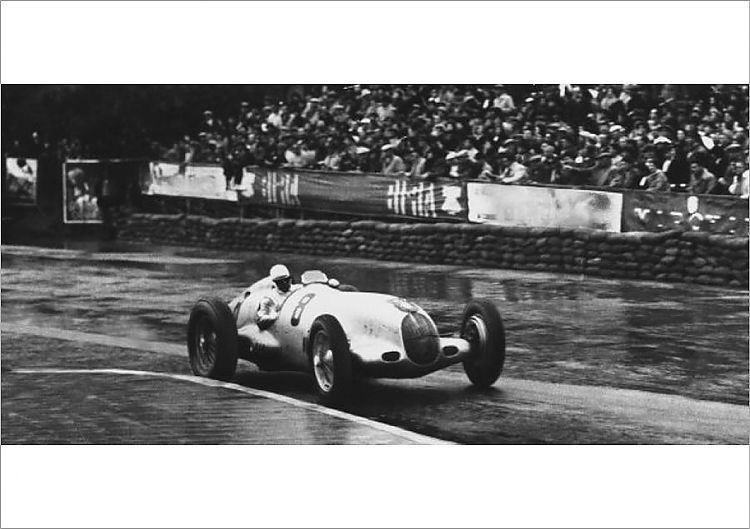
But perhaps the greatest wet-weather drive of all time came in 1970, at the BOAC 1000km at Brands Hatch. The race was run in April, and typically for the UK at that time of the year it was wet. The race featured a mouthwatering array of cars from a golden era of sportscar racing, Porsche 917, Ferrari 512S, Lola T70, Porsche 908/2, Matra MS650, Alfa Romeo T33/3, Chevron B8 and B16, plus more.
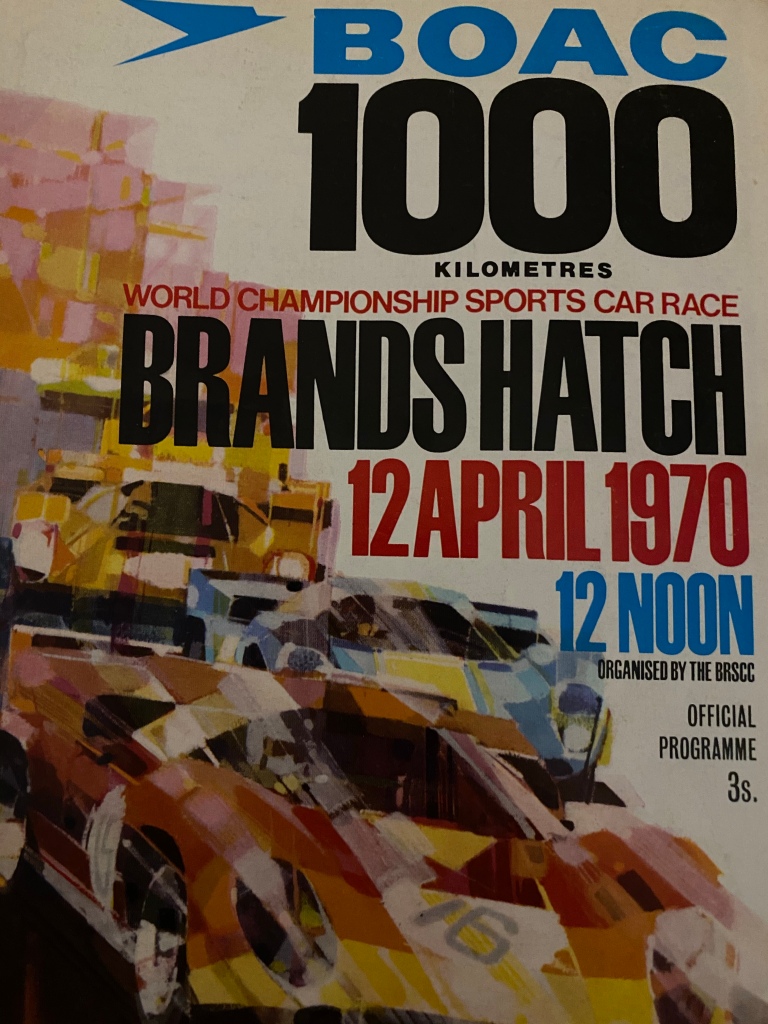
The great drivers of the era were also competing, with around 30 current, past or future F1 stars taking part. One of them was the Mexican, Pedro Rodriguez.
Pedro’s career had been a slow burner. Somewhat in the shadow of his supposedly more talented younger brother Ricardo, Pedro didn’t really treat motorsport as a full time profession initially, particularly in the few years after Ricardo’s death in 1962. He did shine in sportscar racing though, winning Daytona in 1963 and 1964 and even tried to qualify for the Indy 500.
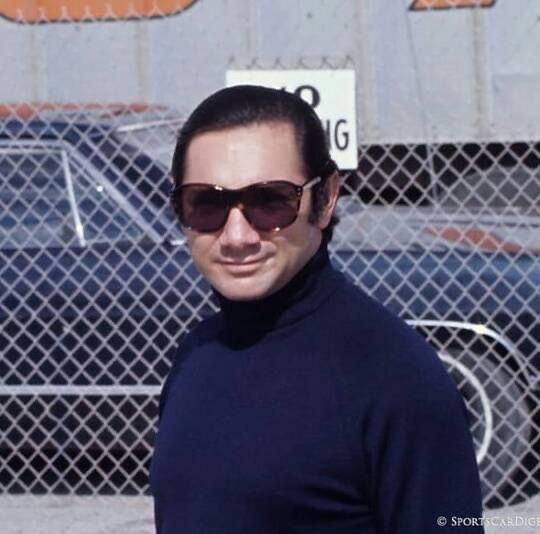
He was a part time F1 driver up until 1967, tending to get one off drivers with either Team Lotus or Ferrari, through the North American Racing Team (NART). But in 1967 he won the South African Grand Prix for Cooper, in only his ninth Grand Prix. Pedro’s stock started to rise and by the following year he drove for BRM in F1 (finishing 6th in the championship) and he also managed to win Le Mans in the JW Automotive Ford GT40.
After flirting with Ferrari again in 1969, he rejoined BRM in 1970, and won his second Grand Prix at the super fast (and dangerous) Spa circuit in Belgium. He also re-joined JW Automotive, who by now we’re running the fearsome Porsche 917.
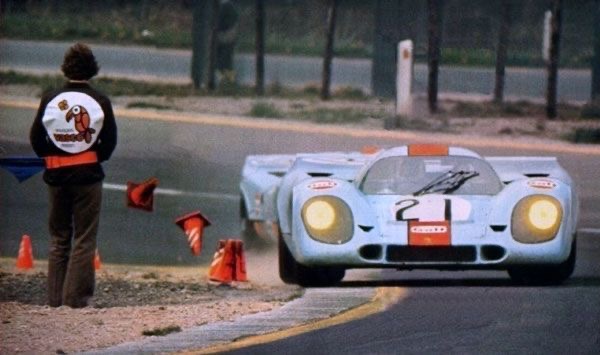
To many, the Porsche 917 is the most iconic sports prototype ever created. It really moved the bar when it came to performance and was actually faster than an F1 car at some circuits. In order to keep the weight down in the massive flat 12 engine, Porsche used many components made of titanium, magnesium and other exotic alloys, which had been developed for the super lightweight ‘Bergspider’ hillclimb car.
The efforts to save weight were everywhere. The space frame chassis was so thin in places (tube skin as thin as 2mm) that Porsche decided to pressurise the tubes with nitrogen. Drivers were asked to keep an eye on a pressure gauge and if it dropped suddenly they knew one of the chassis tubes had broken. Some chassis tubes also doubled as oil piping, so they didn’t need oil pipes! Parts of the bodywork was so thin you couldn’t sit on it. Even the gear lever was made of light birch wood. Believe it or not the starter key was also drilled to save weight!
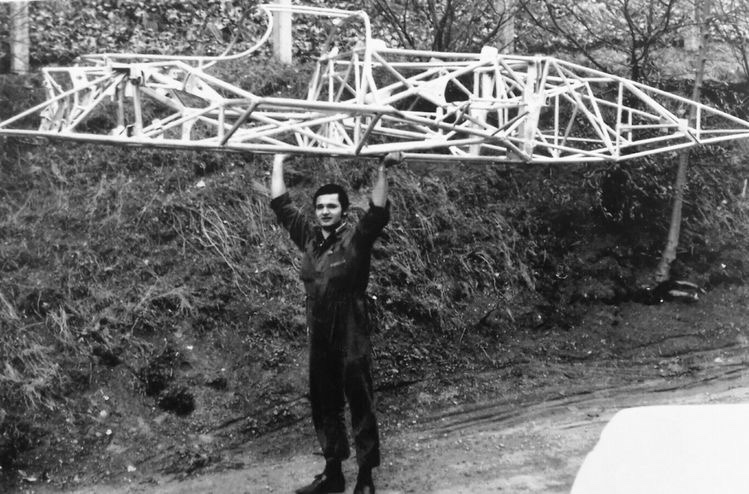
It was quite a small car, the wheelbase not that much longer than a Mini. The drivers feet were ahead of the centre line of the front wheels, therefore the crash structure was a small amount of thin tubing, some fibreglass bodywork, some pedals, then the driver’s feet! Either side of the driver were fuel tanks. Make no mistake, the 917 was not a car which you wanted to crash.

This all resulted in a car that weighed 800kg, which had over 600bhp and no discernible downforce. Top speed for the 917 long tail or ‘lang heck’ was 246mph. At Brands Hatch they used the ‘kurz heck’, or short tail version, which had a lower top speed but was more suited to tighter circuits, although not really as tight as Brands Hatch.

The early examples of the 917 were terrifying to drive, but by 1970 it had been sorted into a well balanced car. The first 2 races of the season had resulted in a victory for Porsche at the Daytona 24 hours, with Ferrari winning at the Sebring 12 hours. Brands Hatch was the next round on the calendar and it was all to play for.
The first scalp went to Ferrari, with Chris Amon qualifying on pole position from fellow Ferrari driver, and renowned wet weather driver, Jacky Ickx. The first of the Porsches was third with Vic Elford (another wet weather specialist), from Jo Siffert in fourth, then a couple of Matras in fifth and sixth. Pedro qualified seventh after gear linkage problems in practice.
Race day was wet, windy and cold, but 20,000 hardy spectators still turned up to the Kent circuit. One such spectator was 11 year old Max Scott, who attended the race with his father. Max recalls it was like a quagmire as they were walking up the hill from Paddock Hill bend to Druids, where they were to stay for the duration of the race. Settled in at Druids they had a plastic sheet to hold above their heads, a flask of tea and some sandwiches, then hunkered down for the race.
The race nearly didn’t happen though. Due to the conditions being so bad, there were discussions about whether the race should actually start, but clerk of the course Nick Syrett decided the show must go on.
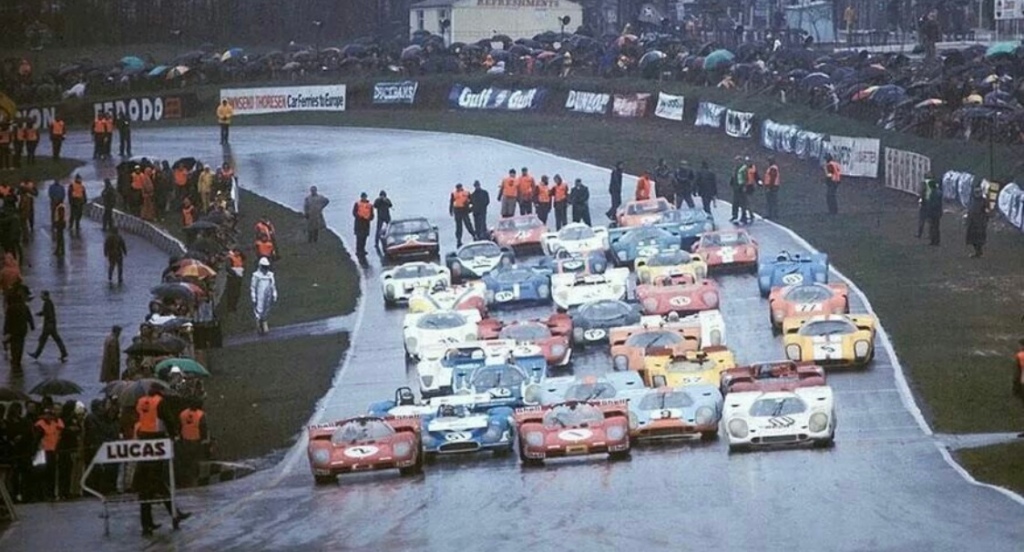
Vic Elford in the first of the Porsches jumped into the lead, hoping to get some clear track ahead of the spray. Pedro somehow got himself up to second place, but then at the end of lap 1, Barrie Smith crashed his Lola T70 on the pit straight. Young Max Scott is now a friend of Barrie’s and the story goes that they had to start the Lola on mismatched tyres and Barrie somehow got it round a lap before aqua planing off.
The yellow flags came out and Pedro was judged to have overtaken whilst under caution. Syrett himself took to waving the yellow flags and was annoyed at the speed Pedro was driving, and the close proximity he was passing to the marshals clearing Smith’s Lola.
Pedro later said he didn’t see the yellow flags due to the spray, but in any case Syrett decided to throw him the black flag. Pedro neglected to come into the pits. Syrett then threatened Pedro with disqualification if his team didn’t signal him in. A furious Pedro came bursting into the pit lane. His mechanic Alan Hearn takes up the story (taken from Ian Wagstaff’s book ‘the autobiography of Porsche 917-023’).
“Pedro then came tearing down the pit road and I was assigned to open the driver’s door when he stopped. Syrett was hovering right behind me. As soon as I opened the door I could see from his blazing eyes that Pedro was not happy. Straight away, Nick dived in the cockpit with his head well down and proceeded to have a right go at him for dangerous driving, a real tongue lashing. Pedro just kept staring straight ahead, not looking at Syrett until he was finished, which took about 20 to 30 seconds. I could see he was fuming. All this time the engine was running. As Syrett stepped away from the car I quickly shut the door. Pedro revved like mad, spun the rear wheels and shot off down the pit road at a very rapid rate. We were lucky we didn’t get our toes taken off…..”
Pedro rejoined almost a lap behind the leaders. Syrett had unwittingly set up one of the greatest drives in motorsport history.
Pedro soon started to master the conditions and was eating into the advantage of the cars ahead of him. By lap 15 he was somehow already up to third position behind Chris Amon’s Ferrari and Vic Elford’s Porsche.
By lap 20 he was in the lead, overtaking Vic Elford with a daring move into Paddock Hill Bend. The write up in the May 1970 edition of Motorsport Magazine said ‘you can watch every club race at that point (Paddock Hill Bend) throughout the season and not see such a skilled manoeuvre’. So from being in 12th position after the telling off, he was leading within 15 laps.
Spectator Kevin Lee explained, (in Carlos Jalife-Villalon’s brilliant book ‘The Brothers Rodriguez’), that Pedro’s style that day “was so free. He wasn’t holding the steering wheel, he was driving just with his fingers, with an amazing ease. He was seated with his head high, so cool; it didn’t feel like he was going so fast, until he overtook on the track and I realised the difference between him and the rest. Nobody could follow him that day”.
By lap 50 Pedro had a 90 second lead on the field. By the 2 hour mark Pedro had lapped everyone for the first time. The team experimented with thinner tyres front and rear for part of the race on the Porsche, the rationale from Firestone that they wouldn’t aqua plane as much as the wider tyres. This certainly helped, but the biggest factor was Pedro’s sublime skill in the wet.
The spectators were treated to some spectacular driving. Even today there will always be a crowd at the Druids hairpin, particularly when it’s wet. There is always a chance of seeing a car getting into a slide on the exit, even if it a mild one. Max Scott commented that “six hours is a long time to stand at the side of a race track, but the sight of the rear of that Porsche fishtailing out of the corner made it go all that quicker”.
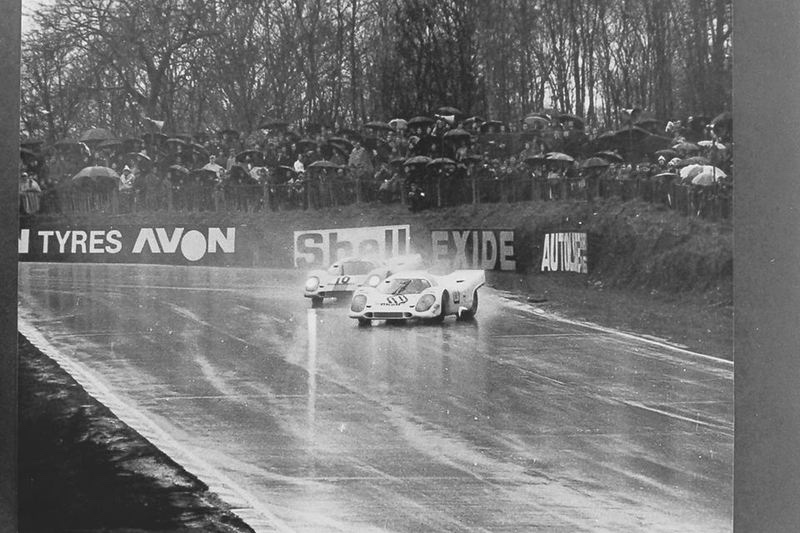
Spectacular as it was, drifting out of slow corners isn’t where Pedro would have been making up the time. It would have been into the hard braking zones, carrying speed through tricky corners like Paddock Hill, Clearways and big commitments into corners like Hawthorn Bend at the bottom of Pilgrims Drop. In ‘The Brothers Rodriguez’, David Fulcher, who was a marshal at Hawthorn Bend said, “I will never forget Pedro coming out of Hawthorn at a tremendous speed, with full oversteer, lap after lap”. Massive corners in the dry, let alone in the wet, let alone in a Porsche 917.
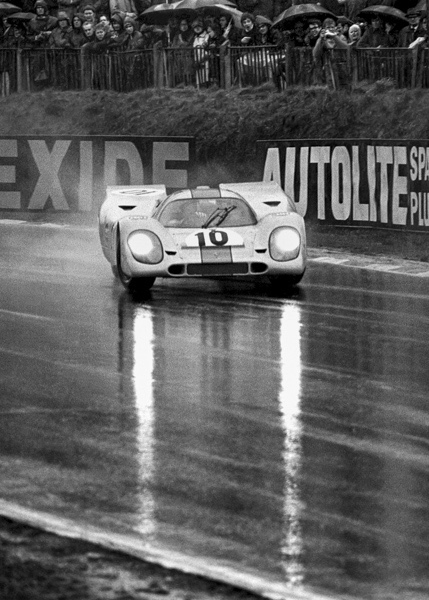
At 3.5 hours Pedro came into the pits for his mandatory driver swap. Team mate Leo Kinnunen took over for 38 laps whilst Pedro had a rest. When Pedro got back into the car he pushed on again. Max Scott said “I will never forget the sight of him emerging in the distance flashing his lights to other competitors to say ‘make way, I’m coming through’. Even at that age I realised I was witnessing something special, he was in a race on his own. The sense of achievement was heightened by the quality of opposition that he was crushing, Ickx, Amon, Siffert and Redman.”
The race ran to a close and by the end of the race Pedro took the chequered flag as the winner. Not only had he won the race, but he had also lapped the second placed car 5 times and the third placed car 8 times.
After Pedro climbed from the car, he took off his helmet and hardly had a hair out of place, despite driving for nearly 6 hours. French newspaper L’Equipe called Pedro “the bravest driver in the world” after the race (‘The Brothers Rodriguez’).
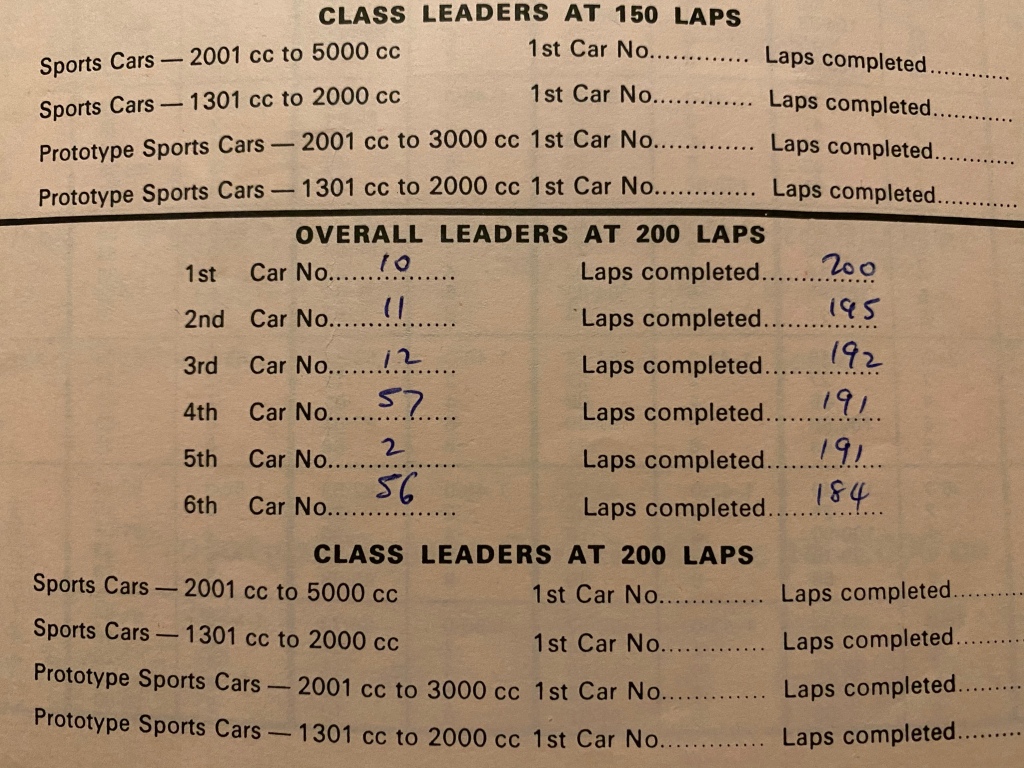
In spite of the atrocious conditions, most of the fans stayed for the duration of the race, all 6 hours 45 minutes of it. The drivers were in awe of Pedro’s performance. Vic Elford said “Jacky Ickx and I were acknowledged wet-weather drivers, but neither of us had an answer to Pedro that day. He simply trounced everyone.”
Brian Redman said “Pedro, no doubt, became someone different after the incident in Brands Hatch. From then on, his stature in the eyes of others grew impressively. We all knew how good he was, but that day, the whole world took notice.”
David Hobbs said “there was never anything similar to Pedro that day in Brands Hatch; it was the greatest performance I’ve seen.”
But perhaps the best quote of all came from Chris Amon, who during the race said “why won’t anyone tell Pedro it’s raining?”
Pedro had one speed and it was flat out, as evidenced by his Brands Hatch drive. He was a fatalist and didn’t mind taking risks. Derek Bell said “Pedro just went for it…he was outrageously good, but couldn’t quite control it sometimes”.
Pedro raced on for another 15 months before being killed in a sportscar race in Germany. Had he lived I suspect he would have ended up at Ferrari full time. Imagine if Pedro was teamed with Jacky Ickx in the 312PB sportscar for 1972, they would have been unstoppable. Or if he’d driven the 312 F1 car which Niki Lauda ended up having so much success with. He could even have ended up back at Team Lotus in the brilliant Lotus 72.
Ifs and buts don’t matter though. Pedro signed off with 2 F1 wins, 1 Le Mans win, 4 Daytona wins and numerous other sportscar wins. He will mostly be remembered for being the dominant driver in this golden era of sportscar racing, particularly behind the wheel of a Porsche 917.
Many years later a journalist by the name of Dennis Torres was covering an event in the USA when he realised John Wyer was present. Wyer was Pedro’s team boss in the Gulf Porsche 917 and Torres tracked him down for an interview. At the end he asked one final ultimate question. “You have had such a long list of wonderful drivers, which do you rank number one?”
Wyer’s answer came out without any hesitation, “Pedro Rodriguez. No one could extract more from the car than Rodriguez in any condition dry or wet”. He didn’t speak in terms of race craft, leadership or any other driver attributes. It was Rodriguez’ ability to ask of the car more than anyone else.
That same John Wyer actually ranked another of Pedro’s races higher than this one. The 1971 Osterreichring 1000km, but that is a story for another day.
I’ll leave the final word to an elderly gentleman that I met at Brands Hatch in 2016. I was at a club race with a mate and decided to go to the Kentagon restaurant for lunch. While my mate was queuing up for our food I managed to grab a table, when the elderly gentleman, who was on his own, asked if he could sit down. We soon got chatting and told me he had been coming to Brands Hatch since the early 1960s.
I asked if he had attended the BOAC 1000km race in 1970. I was about to explain what had happened in the race and he cut me off. He said “Rodriguez winning by 5 laps. I was there, it was the greatest race I ever witnessed. We were all soaked but didn’t consider going home as we knew we were witnessing something special. Most of us just stood there in awe. On Pedro’s slow down lap we all jumped into our cars and sounded our horns in appreciation of what we’d just witnessed.”
Reading this makes you swell with pride at being a Pedro Rodriguez fan.
I truly hope that Brands Hatch Circuit owners, MSV, will honour this tremendous race – possibly the greatest in the circuit’s history – by naming the main entrance gate after this Mexican hero.
July 11th 2021 would be a poignant date to choose.
LikeLiked by 1 person
Always missed, never forgotten. Simply, the best.
LikeLike
Excellent article, thanks! I became an autorace fan because of Pedro’ s success back in those days. Always miss him!.
LikeLike
I was there too, actually for the Brands April sports car event this was a-typical, it didn’t rain any other race between 67 and 74. As I was a junior BRSCC member I had a free ticket to the event. My father and I watched the whole race from the first level of the old commentary box, complete with tannoy provided commentary from the top floor!
LikeLiked by 1 person
Watkins Glen Six Hours, 1970….. At 18yo, this was my introduction to sports car racing and it left a permanent impression on my brain. I love it and will never forget.
LikeLike
Didn’t the Gulf Porsches enter the Can-Am race too shortly after the 6 hours?
LikeLike
Hi Motorsport Muse
I was delighted to read your piece on Rodriguez at the Osterriechring, so delighted I must ask your permission to reproduce your piece on my Blog-Book here on WordPress. Of course, it will redirect all reference to you at this MM site.
I was also at Brands 1970 & have collected many images and posted many time on Facebook from that super special day. It was life changing for me too, as up until then, I wanted only to race into F1. At Brands that all changed (and I did go on to race many forms of race car). I could go on …
I want to use this piece on Brands also with your permission and acknowledged as an expert view.
You can reach me on johnmorrison@harddrivers.uk if required.
Congratulations on the excellent site & I await you accredited permissions.. Thank you again! JM
LikeLike
Hi John, sure no problem. Always happy to share stories and memories with like minded enthusiasts. If you’re interested, I also run the Pedro and Ricardo Rodriguez Appreciation Society on Facebook. There’s some great content on there too. FYI – I can’t see your Hard Drivers WordPress site as being active? Do you have a link? Thanks, Gareth Holt
LikeLike
Outstanding article Gareth, so well researched & written, lots of intersting details and comments. My Dad was at Sebring 1950 (6 Hr.Race) & I’ve been in the Paddock my entire life. I’m always trying to make some of these young fans realize that there were fantastic heroes & races in the decades before 2000. Best Regards
LikeLiked by 1 person
Thanks for the kind words Jim. There are so many interesting stories of yesteryear that are itching to be told!
LikeLike